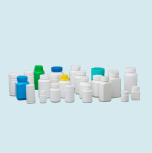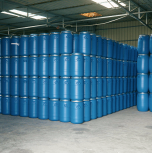Child-Resistant Closures (CRC): A Game Changer in Pharmaceutical Safety
Child-Resistant Closures, commonly known as CRC or child-proof packaging, are an essential safety feature for any product that contains hazardous substances or potentially harmful content which may or may not result in morbid circumstances. In this blog, we will dive deeper into the purpose and significance of CRCs, the laws surrounding their use in the US and Europe, and their application in various industries, such as pharmaceutical packaging and fast-moving consumer goods (FMCG). We will also explore Parvesha’s child-resistant closure manufacturing. Read on!
The objective of Inventing CRC
The key objective of inventing Child-Resistant Closures (CRCs) was to reduce the risk of accidental ingestion or misuse of products which contains hazardous or dangerous contents, especially by young children. The invention was the response to the growing concern among parents about unintentional poisoning in homes, which often leads to severe injury or even death.
The goal was to establish a physical barrier or another mechanism that requires a certain level of manual dexterity or cognitive ability to access the contents inside the bottle, effectively preventing children from opening the container and digesting the contents. The technical advancements by manufacturers through intense research and ideation in CRC design and testing have resulted in more effective and reliable closures, contributing significantly to the safety of patients, particularly children, in various sectors such as pharmaceuticals, cleaning agents, and other household chemicals.

CRC Mandate by Law
The United States and various European countries have mandated the use of Child-Resistant Closures (CRCs) for drugs and other products that contain contents that may be potentially harmful to children. In the US, the Consumer Product Safety Commission (CPSC) regulates CRCs' design, performance, and testing requirements through the Poison Prevention Packaging Act (PPPA). The PPPA requires that specific household substances and prescription drugs be packaged with child-resistant closures, with exemptions for products intended for adult use only.
Similarly, the European Union has established a legal framework for CRCs through the General Product Safety Directive and the Packaging and Packaging Waste Directive. The EU mandates using CRCs for a range of products, including medicines, pesticides, and cleaning agents. The legal requirements for CRCs vary by country, and manufacturers must comply with the applicable regulations to ensure the safety of their products.
Failure to comply with CRC regulations could result in the product's recall, fines, and potential legal action, including lawsuits from affected individuals or parties. In addition, non-compliance with CRC requirements can harm a company's reputation and erode consumer trust. Therefore, manufacturers must comply with the applicable regulations and implement effective CRC solutions.
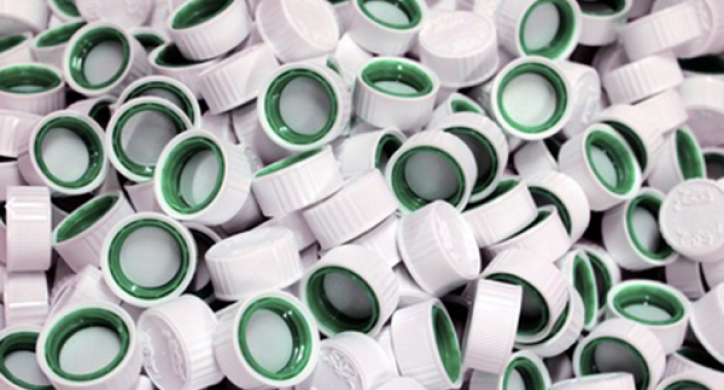

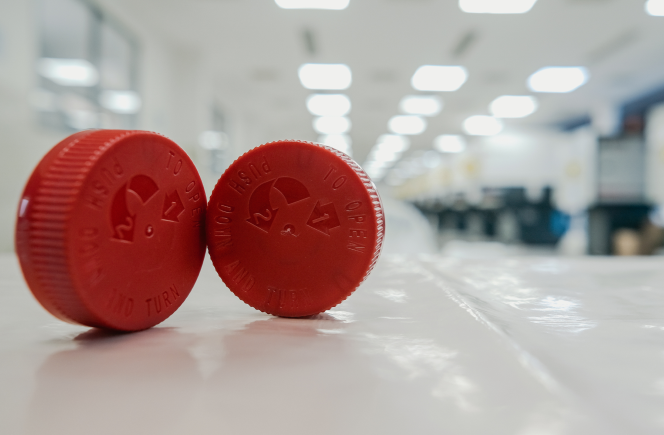
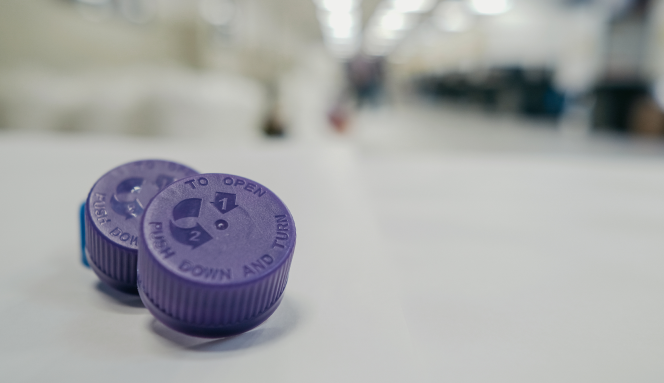
CRC’s Use Across Different Industrie
Child-Resistant Closures (CRCs) are commonly used across different industries, such as:- Pharmaceuticals
- Cosmetics
- Food and beverage
- Household cleaning products and more
In the pharmaceutical industry, CRCs are a critical safety feature that helps in protecting children from harmful contents. The use of CRCs in pharmaceutical packaging is mandated by law. In addition to the legal requirements, pharmaceutical manufacturers use CRCs to ensure their products are safe and prevent accidental poisoning, which can have severe consequences.
The fast-moving consumer goods (FMCG) industry also extensively uses CRCs in its products. CRCs are commonly used in household cleaning agents, pesticides, and other FMCG products with contents that can be harmful if ingested. In the FMCG industry, CRCs help prevent accidental poisoning and ensure the products are used as intended.
The use of CRCs in different industries is subject to regulatory requirements, and manufacturers must comply with the applicable standards. CRCs' design, performance, and testing requirements vary by industry and country. The materials used to make CRCs vary depending on the product and industry. For example, pharmaceutical manufacturers often use specialized plastic or metal closures, whereas FMCG manufacturers may use a combination of materials, including plastics, glass, and metal.
Child-Resistant Closures by Parvesha
Parvesha manufactures bulk child-resistant closures for pharmaceuticals and other sectors. Pravesha uses specialized materials to manufacture safe and compliant CRC closures that comply with the region's law mandate. The CRC closures are available in different colours, including white, black, and transparent, to match the packaging of the customers' products. In addition to colours, Pravesha also offers a range of sizes for the closures to accommodate different bottle sizes and shapes.
Pravesha has a patented design for its CRC closures, which ensures its effectiveness in preventing children's access to bottled content. The patented design also allows for ease of use for adults, ensuring that the product remains accessible as intended.
Pravesha's commitment to quality, safety, and innovation is evident in manufacturing. The state-of-the-art facility uses advanced technology to produce high-quality CRC closures that are reliable and effective. Pravesha's specialized materials include polypropylene, which is commonly used in food packaging manufacturing due to its strength and durability. The material is also resistant to chemicals and moisture, making it ideal for pharmaceutical packaging. Additionally, Pravesha uses a specialized moulding process to produce the CRC closures, ensuring consistency in the design and performance.
Pravesha's dedication to quality, safety, and innovation makes them a trusted supplier of child-resistant closures for pharmaceuticals and other industries. Contact Parvesha today to learn more about their products and services.

Everyday Use of HDPE, PET, PP & LDPE Bottles Across Different Industries
